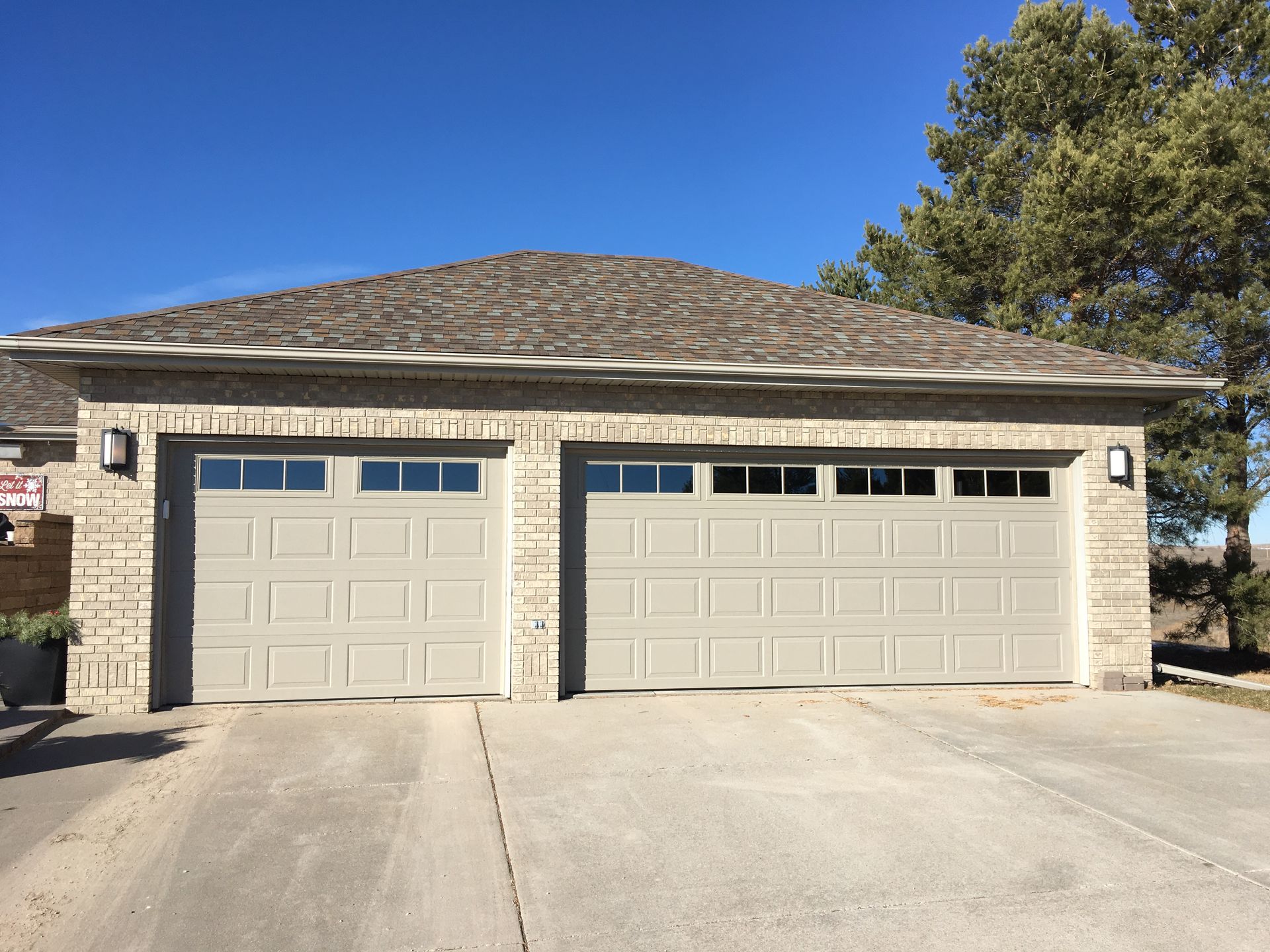The weather can have a huge impact on your roof. Understanding the challenges each season brings can help protect and extend your roof's life. Let’s dive into how weather affects your roof and tips for year-round protection.

How Rain, Snow, and Heat Impact Your Roof
Persistent Rain: Continuous rain can cause leaks, mold, and erosion, especially if your roof’s seals are compromised. Standing water may also damage shingles and encourage wood rot.
Snow and Ice Accumulation: Accumulated snow can put a heavy load on your roof, potentially causing it to sag or collapse. Ice dams form when melting snow refreezes at the roof's edge, blocking proper drainage.
Heat: High heat can cause shingles to warp or crack. The continual expansion and contraction of roofing materials under intense heat can also cause long-term damage.
How to Prepare Your Roof for Harsh Weather
Taking steps to protect your roof from extreme weather is essential. Here are some tips to keep your roof safe during harsh conditions:
- Inspect and clean gutters: Keep your gutters and downspouts clear of leaves and debris to prevent water from backing up during rain or snowmelt.
- Check your shingles: Replace damaged or missing shingles before the weather worsens to avoid leaks and further damage.
- Check for cracks: Look for cracks or gaps and seal them to prevent water from seeping into your roof during storms or snowmelt.
- Inspect your insulation: Proper insulation helps keep your home energy-efficient and prevents the formation of ice dams.
Weathercraft’s Recommended Roof Inspections and Maintenance
We recommend getting a professional roof inspection at least twice annually—once in spring and once in fall. Our experts will assess any weather-related damage and provide recommendations for repairs to help your roof withstand extreme weather.